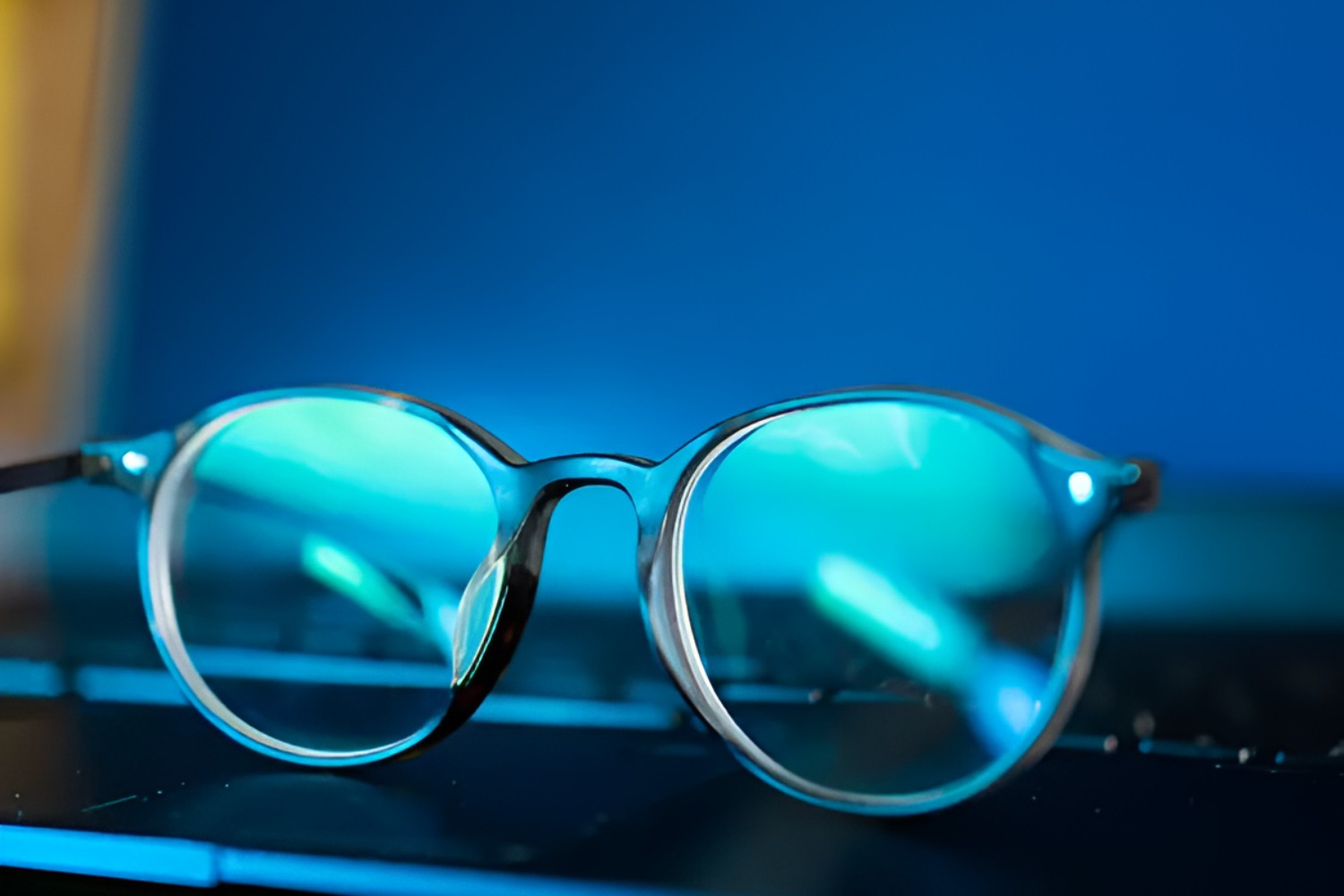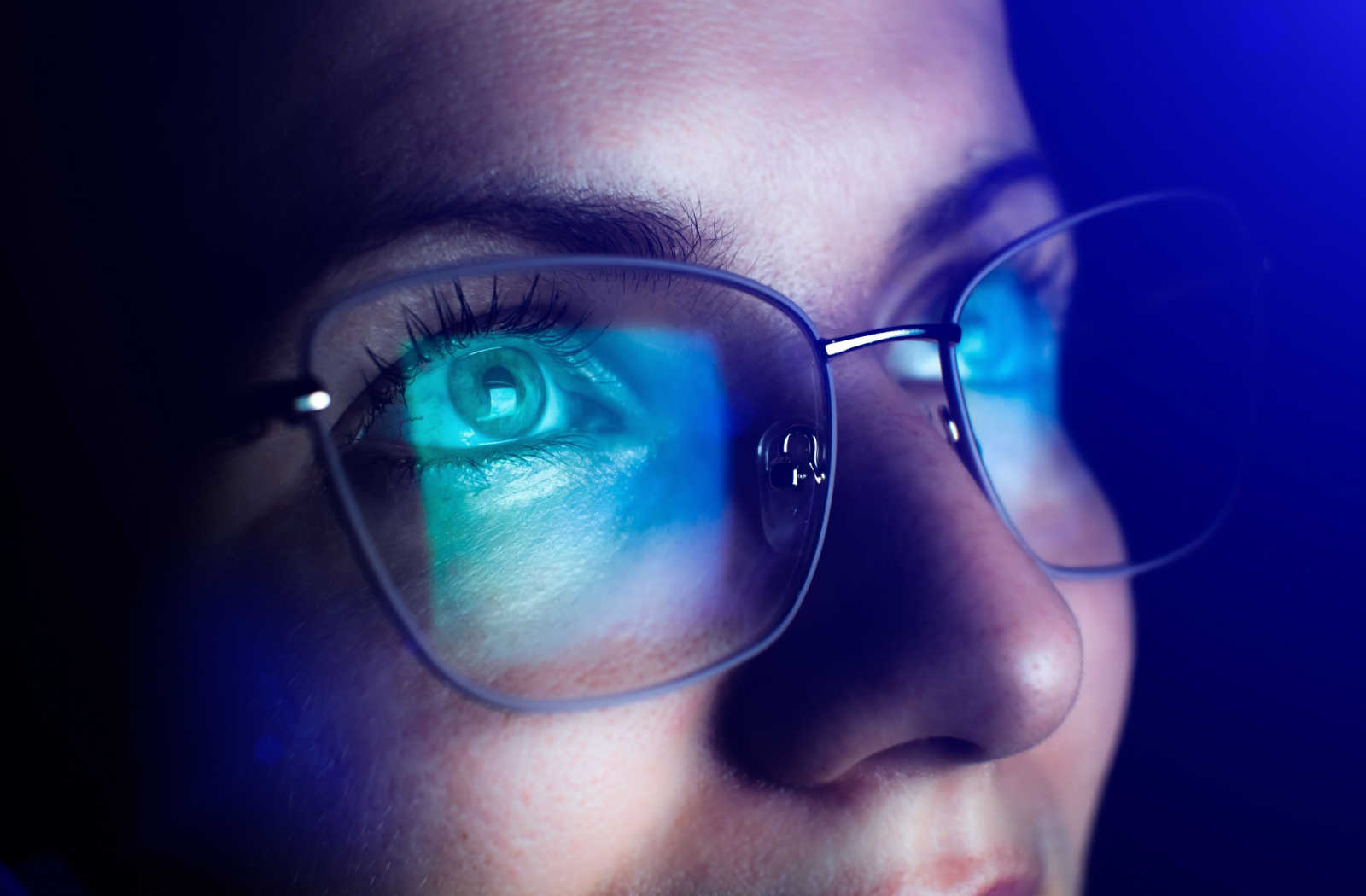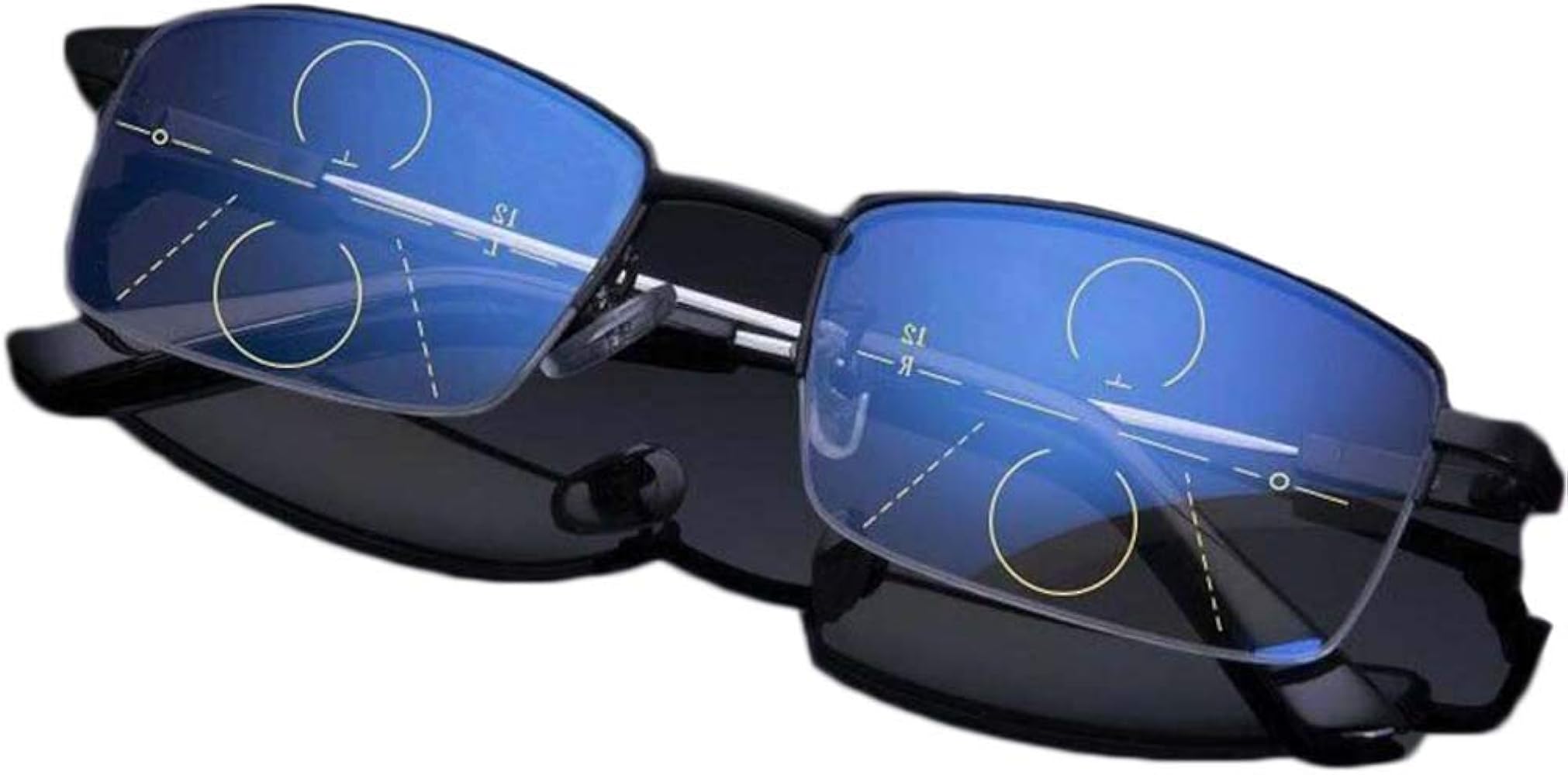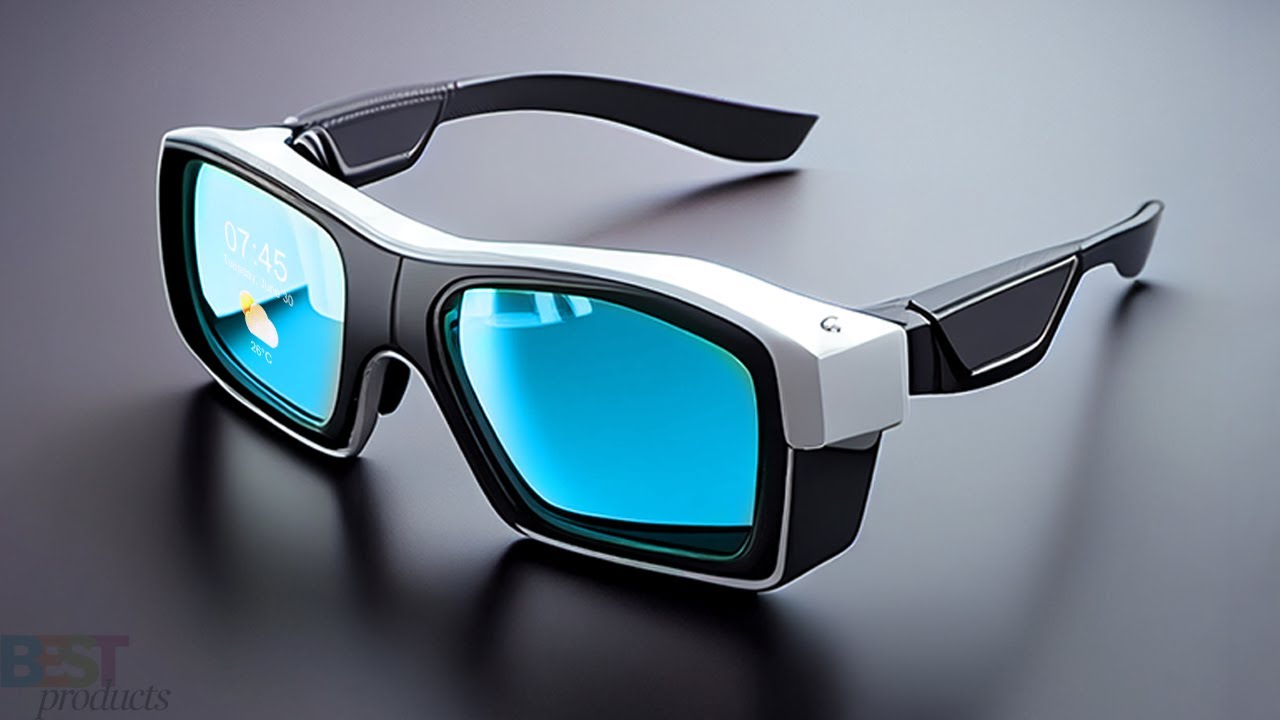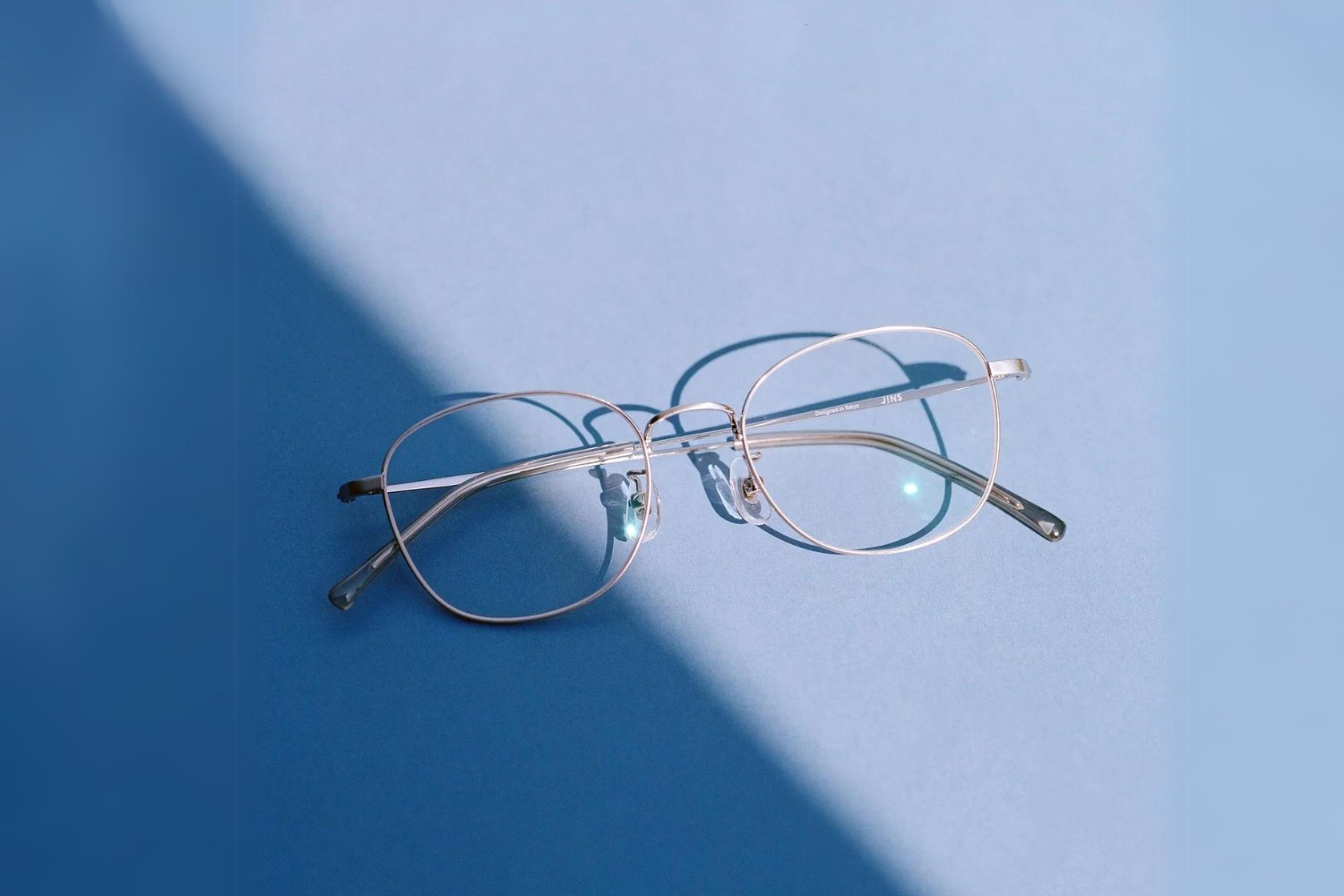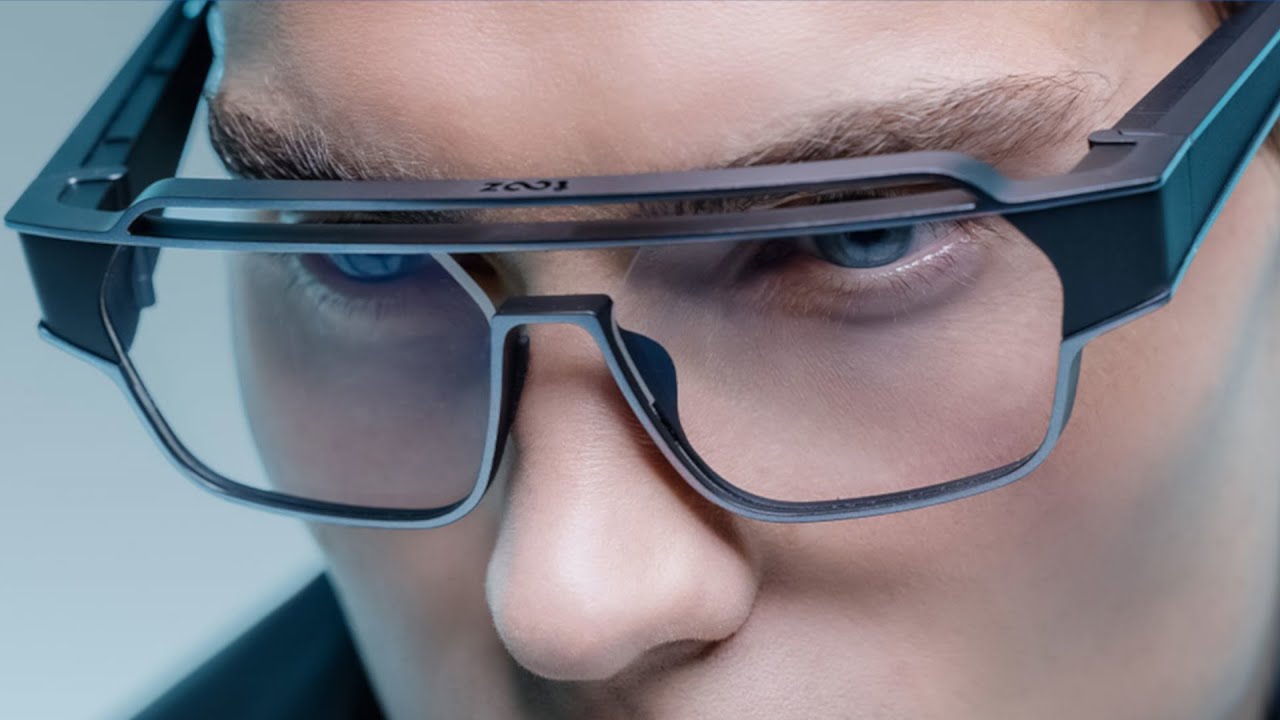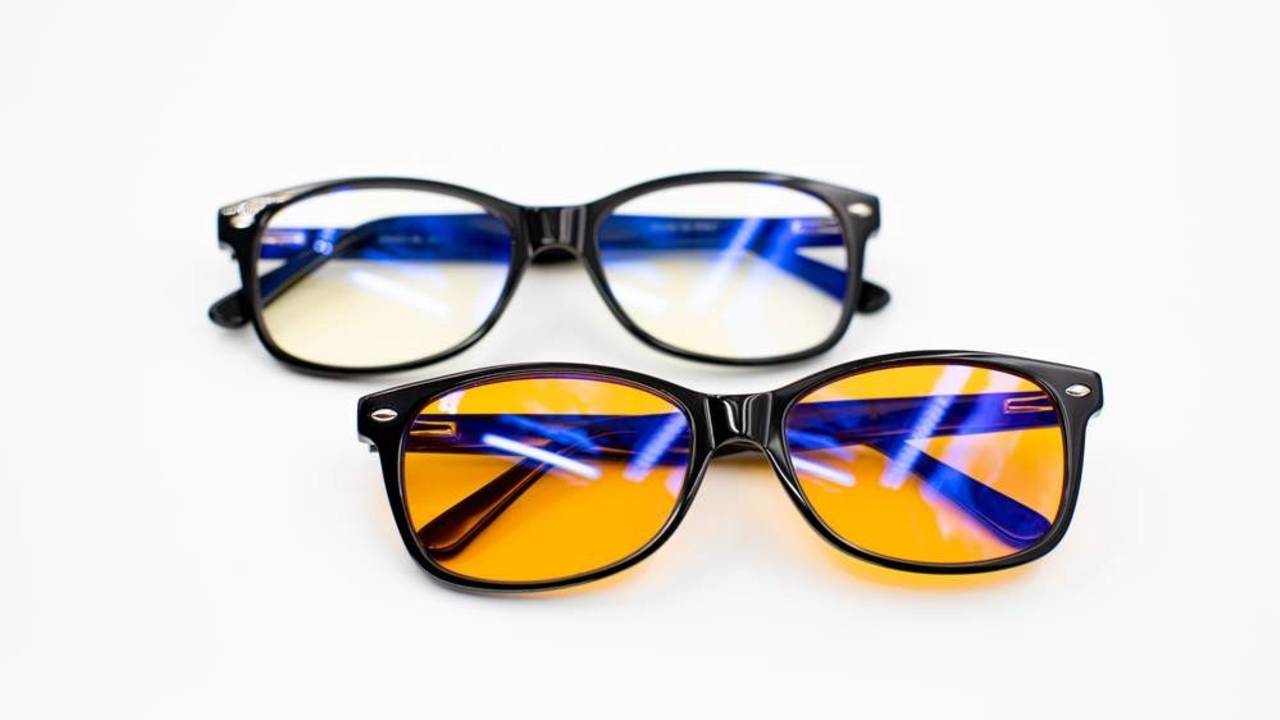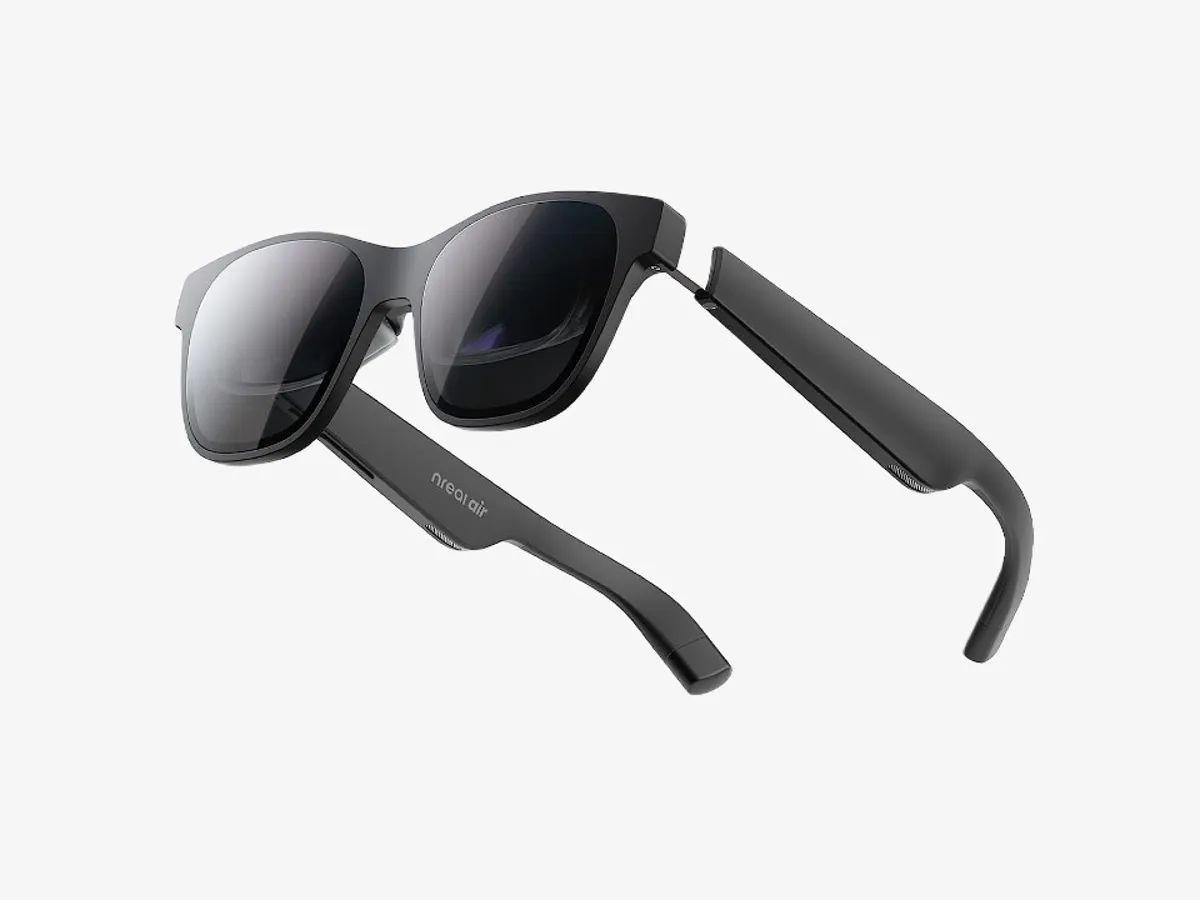What is Blue Light?
Blue light is a high-energy, short-wavelength light that is part of the visible light spectrum. It is emitted by the sun, LED lighting, and digital screens, including those of smartphones, computers, and tablets. This type of light plays a crucial role in regulating our circadian rhythm, which controls our sleep-wake cycle. Exposure to blue light during the daytime can enhance attention, reaction times, and mood, contributing to our overall well-being.
However, excessive exposure to blue light, particularly during the evening and nighttime, can have adverse effects on our health. Blue light has been linked to disrupting our circadian rhythm, leading to difficulty falling asleep and poor sleep quality. Prolonged exposure to blue light may also contribute to digital eye strain, which can cause symptoms such as dry eyes, headaches, and blurred vision.
In addition to its impact on sleep and eye health, some studies suggest that prolonged exposure to blue light may have long-term implications for eye health. There is ongoing research to determine whether blue light exposure contributes to age-related macular degeneration, a leading cause of vision loss.
Given the prevalence of digital devices in modern lifestyles, many individuals are exposed to blue light for extended periods. This has led to a growing interest in finding ways to mitigate the potential negative effects of blue light exposure, leading to the development of blue light blocking glasses and other protective measures.
Understanding the nature of blue light and its potential impact on our well-being is essential for making informed decisions about protecting ourselves from its potential harms. With this knowledge, individuals can take proactive steps to minimize the potential negative effects of blue light exposure, ultimately promoting better sleep and eye health.
Potential Harm of Blue Light
Excessive exposure to blue light, particularly from digital screens, has raised concerns about its potential harm to human health. While blue light plays a vital role in regulating our circadian rhythm and boosting alertness during the day, its overexposure, especially during the evening and nighttime, can lead to various health issues.
One of the primary concerns associated with blue light is its impact on sleep. The human body's natural sleep-wake cycle, or circadian rhythm, is influenced by exposure to light. Blue light, in particular, can disrupt this cycle by suppressing the production of melatonin, a hormone that regulates sleep. Prolonged exposure to blue light, especially in the evening, can trick the brain into thinking it's still daytime, making it harder to fall asleep and potentially leading to sleep disturbances and insomnia.
Moreover, prolonged exposure to blue light from digital screens can contribute to digital eye strain, also known as computer vision syndrome. This condition encompasses a range of symptoms, including dry eyes, headaches, blurred vision, and neck and shoulder pain, which can significantly impact an individual's comfort and productivity during screen time.
In addition to short-term effects, there is growing concern about the potential long-term impact of blue light on eye health. Some studies suggest that prolonged exposure to blue light may increase the risk of age-related macular degeneration, a leading cause of vision loss. While further research is needed to fully understand the relationship between blue light exposure and eye health, these findings underscore the importance of taking proactive measures to minimize potential risks.
Furthermore, the widespread use of digital devices in various settings, including work, education, and leisure, has led to increased blue light exposure for many individuals. With the growing reliance on digital screens, the cumulative effects of prolonged blue light exposure have become a focal point for health professionals and researchers alike.
Understanding the potential harm of blue light is crucial for individuals seeking to safeguard their well-being in the digital age. By recognizing the possible impact on sleep, eye comfort, and long-term eye health, individuals can take proactive steps to mitigate these risks. This awareness has also driven the development of protective measures, such as blue light blocking glasses, aimed at minimizing the potential negative effects of blue light exposure.
In summary, while blue light offers benefits during the day, its overexposure, particularly from digital screens, can disrupt sleep, contribute to digital eye strain, and raise concerns about long-term eye health. By acknowledging these potential harms, individuals can make informed choices to protect themselves from the adverse effects of excessive blue light exposure.
How Blue Light Blocking Glasses Work
Blue light blocking glasses are designed to reduce the amount of potentially harmful blue light that reaches the eyes. These specialized glasses feature lenses that are treated with a coating capable of filtering out a portion of blue light emitted by digital screens and artificial lighting. Understanding the mechanics behind how blue light blocking glasses work can provide valuable insight into their protective capabilities.
The lenses of blue light blocking glasses are infused with a special filtering material that can selectively absorb and reflect a portion of the blue light spectrum. This allows the glasses to mitigate the amount of high-energy blue light that reaches the eyes, thereby reducing the potential strain and discomfort associated with prolonged screen time.
The filtering material used in blue light blocking glasses is often designed to target specific wavelengths within the blue light spectrum, particularly those associated with the greatest potential for disrupting sleep and causing digital eye strain. By strategically attenuating these specific wavelengths, the glasses aim to create a more comfortable viewing experience, especially during extended periods of screen use.
It's important to note that while blue light blocking glasses can help reduce the exposure to blue light, they do not entirely eliminate it. Instead, they act as a preventive measure, providing a level of protection against the potential negative effects of excessive blue light exposure. This can be particularly beneficial for individuals who spend significant amounts of time in front of digital screens, such as office workers, students, and avid gamers.
The effectiveness of blue light blocking glasses in reducing digital eye strain and improving overall comfort during screen time has garnered significant attention, leading to their widespread adoption in various settings. As the understanding of blue light's impact on eye health continues to evolve, blue light blocking glasses offer a practical and accessible means of mitigating potential risks associated with prolonged screen exposure.
In essence, blue light blocking glasses work by leveraging specialized filtering technology to reduce the amount of potentially harmful blue light that reaches the eyes, thereby addressing concerns related to digital eye strain and potential disruptions to sleep patterns. By incorporating these protective glasses into daily routines, individuals can take proactive steps to safeguard their eye health in an increasingly digital-centric world.
Methods to Verify Blue Light Protection
-
Spectral Transmission Testing: One of the most reliable methods to verify the effectiveness of blue light protection is through spectral transmission testing. This involves using specialized equipment to measure the amount of blue light that passes through the lenses of blue light blocking glasses. By comparing the spectral transmission of regular lenses with those of blue light blocking lenses, manufacturers and consumers can gain valuable insights into the level of protection offered by the glasses.
-
Blue Light Filtering Assessment: Another approach to verify blue light protection involves conducting blue light filtering assessments. These assessments utilize spectrophotometers to analyze the lenses' ability to filter specific wavelengths within the blue light spectrum. By quantifying the reduction in blue light transmission, manufacturers can assess the efficiency of their blue light blocking glasses in mitigating potential harm from excessive blue light exposure.
-
Clinical Studies and User Feedback: In addition to laboratory testing, clinical studies and user feedback serve as valuable methods to evaluate the real-world effectiveness of blue light protection. Clinical research can provide empirical evidence of the impact of blue light blocking glasses on reducing digital eye strain and improving sleep quality. Furthermore, gathering feedback from individuals who regularly use blue light blocking glasses can offer insights into their subjective experiences and perceived benefits, contributing to the overall assessment of blue light protection.
-
Industry Standards Compliance: Manufacturers of blue light blocking glasses often adhere to industry standards and guidelines related to blue light protection. By ensuring compliance with established standards, such as those set by organizations specializing in optical and ophthalmic standards, manufacturers can demonstrate the reliability and efficacy of their products in providing substantial blue light protection. Consumers can look for certifications and endorsements from reputable organizations to verify the quality and protective capabilities of blue light blocking glasses.
-
Digital Device Compatibility: With the increasing prevalence of digital devices, verifying blue light protection also involves assessing the compatibility of blue light blocking glasses with various screens. Manufacturers may conduct compatibility tests to ensure that their glasses effectively reduce blue light exposure from a wide range of digital devices, including smartphones, tablets, and computer monitors. This ensures that users can experience consistent protection across different screen types, enhancing the overall effectiveness of blue light blocking glasses.
By employing these methods to verify blue light protection, manufacturers and consumers alike can gain confidence in the efficacy of blue light blocking glasses in mitigating the potential negative effects of excessive blue light exposure. These comprehensive approaches contribute to the ongoing advancement of protective measures aimed at promoting eye health and well-being in the digital age.
Conclusion
In conclusion, the pervasive presence of digital screens in modern lifestyles has heightened awareness of the potential harm associated with excessive blue light exposure. The detrimental effects on sleep patterns, digital eye strain, and long-term eye health have underscored the importance of implementing protective measures to mitigate these risks. The development and widespread adoption of blue light blocking glasses represent a proactive approach to addressing these concerns, offering individuals a practical means of reducing their exposure to potentially harmful blue light.
Through the utilization of specialized filtering technology, blue light blocking glasses work to attenuate specific wavelengths within the blue light spectrum, thereby reducing the strain on the eyes during prolonged screen time. While they do not entirely eliminate blue light, these glasses provide a valuable layer of protection, particularly for individuals who extensively engage with digital devices in various settings.
The verification of blue light protection is crucial in ensuring the efficacy of these glasses. Methods such as spectral transmission testing, blue light filtering assessments, clinical studies, compliance with industry standards, and digital device compatibility assessments serve as robust means of evaluating the protective capabilities of blue light blocking glasses. By leveraging these comprehensive approaches, manufacturers and consumers can gain confidence in the ability of these glasses to mitigate the potential negative effects of excessive blue light exposure.
Furthermore, the growing body of research and user feedback continues to contribute to the understanding of blue light's impact on eye health, further emphasizing the significance of protective measures. As individuals seek to safeguard their well-being in the digital age, the adoption of blue light blocking glasses represents a proactive and accessible step toward promoting better eye health and overall comfort during screen time.
In essence, the utilization of blue light blocking glasses, supported by rigorous verification methods, exemplifies a commitment to prioritizing eye health and addressing the challenges posed by excessive blue light exposure. By integrating these protective measures into daily routines, individuals can take proactive steps to mitigate the potential negative effects of prolonged screen time, ultimately contributing to improved sleep quality, reduced digital eye strain, and enhanced long-term eye health.
As the understanding of blue light's impact continues to evolve, the ongoing refinement and validation of protective measures will play a pivotal role in promoting a balanced and healthy relationship with digital technology. With the continued advancement of blue light protection solutions, individuals can navigate the digital landscape with greater confidence, knowing that proactive measures are in place to safeguard their eye health and well-being.







